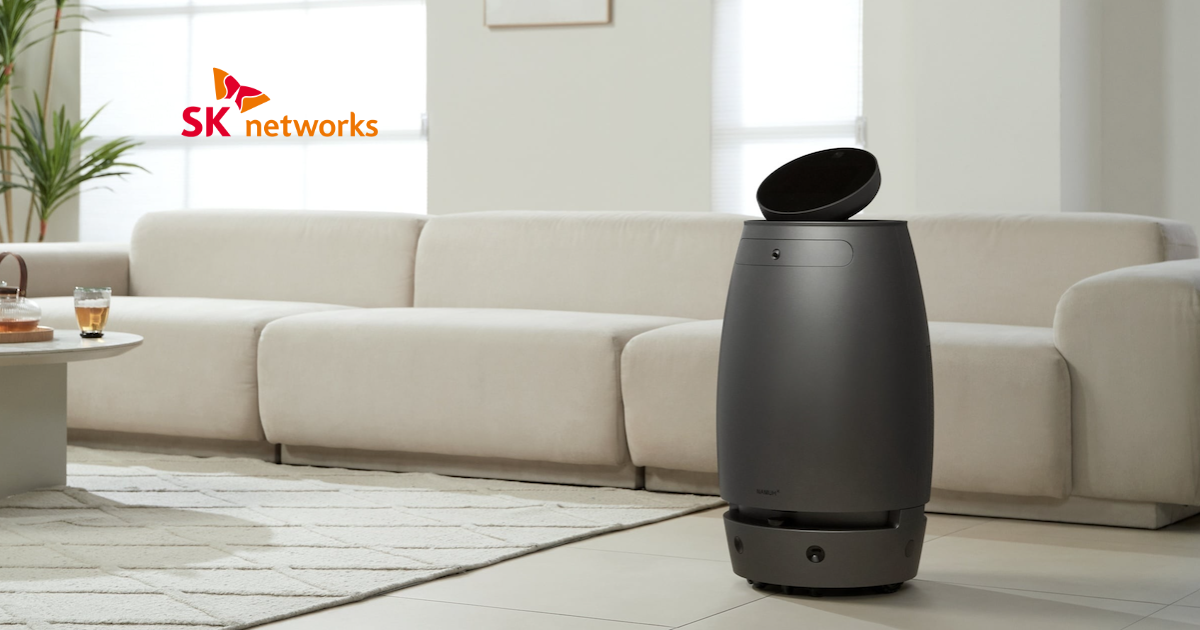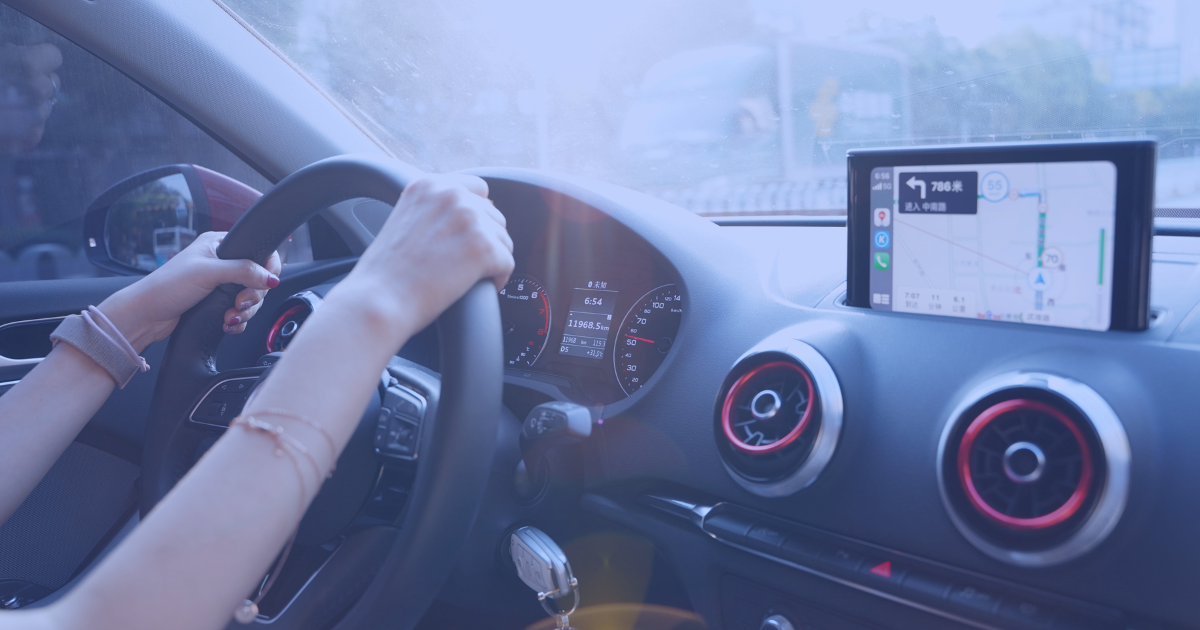Over the past year, touchless technology has become more prevalent — especially in using interactive kiosks. The pandemic has undoubtedly sped up this need. However, COVID-19 is not the only factor driving the kiosk industry to explore touchless technology.

Over the past year, touchless technology has become more prevalent — especially in using interactive kiosks. The pandemic has undoubtedly sped up this need. However, COVID-19 is not the only factor driving the kiosk industry to explore touchless technology.
Voice user interface offers many perks for businesses that employ interactive kiosks. One being granting customers a more seamless and less-intrusive buying experience.
Touchless retail, for example, is becoming more popular for customers and retailers alike. Retailers are seeking ways to allow customers to shop easily while feeling safe. Customers want to shop as they used to, but without human interaction. Providing touchless technology addresses hygiene while providing expedited service.
Keep reading as we examine the various touchless technologies available to the kiosk industry and why voice recognition technology may be the answer to providing the ultimate customer UX experience in kiosks.
Existing Kiosk Touchless Technologies
A fully contactless kiosk doesn’t require users to touch screens to communicate. Businesses can use several technologies to limit their customers’ physical contact with kiosks.
Facial Recognition
Facial recognition is a relatively new touchless technology option for kiosks. Fast-food chain Caliburger in the U.S. has employed facial recognition customers to place orders.
To use facial technology with Caliburger kiosks, the customer must submit a photo ID. Upon return visits, the machine’s software accesses a user profile by scanning the customer’s face. The customer can select from their recent orders, favorites, or other saved preferences. Customers can also pay using facial recognition software.
KFC in China is also using facial recognition software to let customers place and pay for orders. The artificial intelligence system also predicts what a customer might like by predicting their “age and mood.”
The downside of retail kiosks using facial recognition is that people do not trust it. A study showed that 81% of those surveyed say biometric data misuse concerns them. Reliability is also a problem. The smart KFC kiosk in China failed to remember customers' preferences.
Foot and Gesture Navigation
If customers don't want to give up their biometric data to use interactive kiosks, they might feel comfortable using their feet.
Kiosk Innovations, which provides customized transactional machines for bill payment, hotel check-in, gaming, and entertainment, developed technology that allows consumers to use foot pedals or hand gestures to interact and make transactions.
The hands-free navigation technology allows end-users to pedal up, down, forward, backward, and enter and select. They can do the same with hand gestures.
While unique, the technology is limiting, and users may find it difficult and time-consuming to navigate, similar to using TV remote buttons to enter individual letters in searches.
QR or Barcodes
QR codes are another simple way to operate kiosks hands-free. Users can scan a QR code to turn their phone into a remote that navigates the screen.
Businesses can use QR codes to provide essential information or direct users to websites.
United Airlines introduced a fully contactless check-in kiosk at the London Heathrow Airport in July 2020. Customers check-in from the airline's app. Then, they scan their mobile or printed boarding passes at the kiosk to check any bags. Travelers can also self-scan their codes at gate readers to board the plane.
Voice Recognition
Voice recognition technology has proven useful in reducing or eliminating contact with kiosks. Users can navigate kiosk applications with their voice as an alternative to touch or other methods.
Voice recognition technology processes speech in a couple of ways. It leverages preloaded responses or connects to the cloud and other resources available. Alternatively, it responds according to learned behaviors and previous interactions.
Quick-serve restaurant heavyweights like Sonic and McDonald's are already implementing AI-powered voice ordering. Sonic partnered with MasterCard kiosk vendor ZIVELO to test AI drive-thru interactive kiosks. The drive-thru kiosks could use voice imprints to recognize return customers to use with loyalty programs, process payments, make recommendations, and other features.
Early trials have focused on the drive-thru experience. However, in-store kiosks can adopt the same technology.
Enjoyed this read?
Stay up to date with the latest video business news, strategies, and insights sent straight to your inbox!


.jpg)









